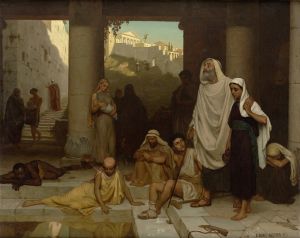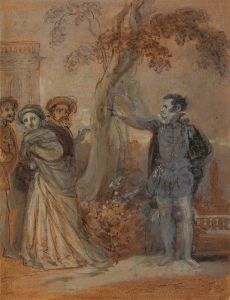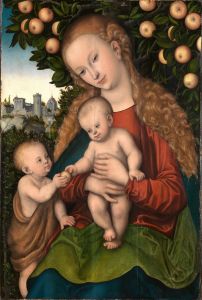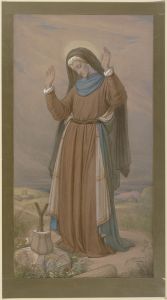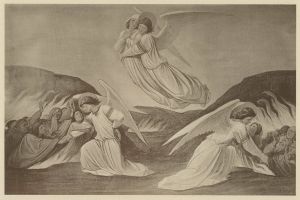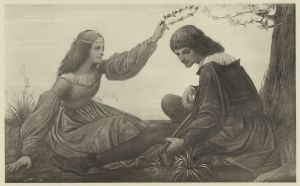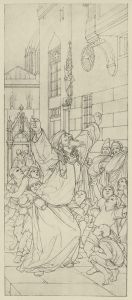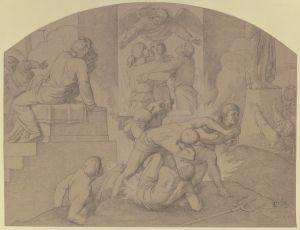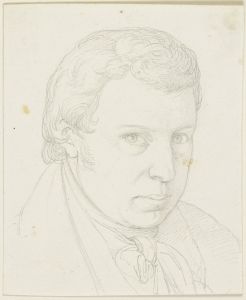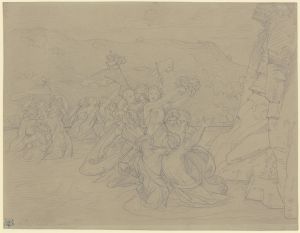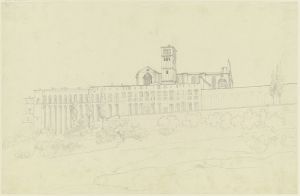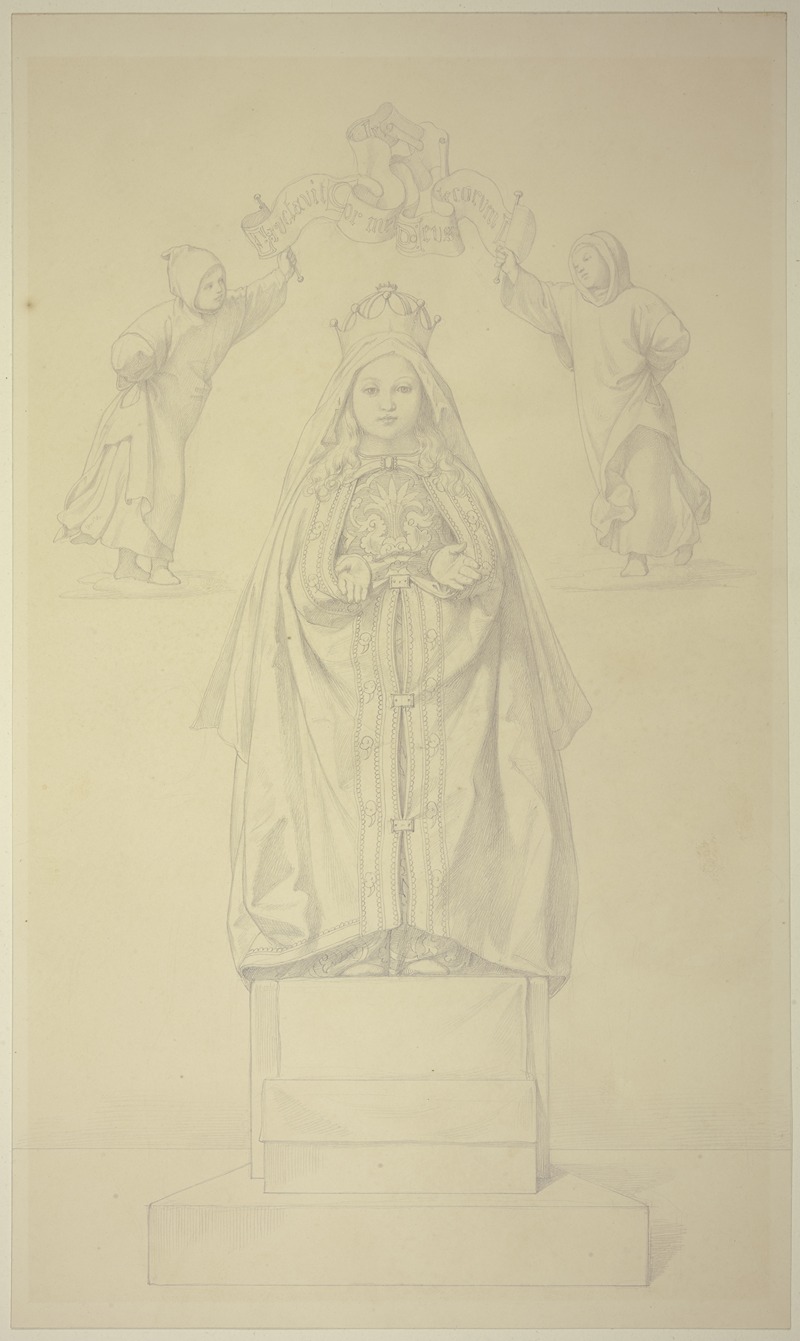
Die kleine Maria in eine Dalmatica gehüllt, über ihr zwei Engel mit Spruchband
A hand-painted replica of Eduard von Steinle’s masterpiece Die kleine Maria in eine Dalmatica gehüllt, über ihr zwei Engel mit Spruchband, meticulously crafted by professional artists to capture the true essence of the original. Each piece is created with museum-quality canvas and rare mineral pigments, carefully painted by experienced artists with delicate brushstrokes and rich, layered colors to perfectly recreate the texture of the original artwork. Unlike machine-printed reproductions, this hand-painted version brings the painting to life, infused with the artist’s emotions and skill in every stroke. Whether for personal collection or home decoration, it instantly elevates the artistic atmosphere of any space.
Eduard von Steinle was a notable 19th-century German painter, recognized for his contributions to the Nazarene movement, which sought to revive honesty and spirituality in Christian art. One of his works, "Die kleine Maria in eine Dalmatica gehüllt, über ihr zwei Engel mit Spruchband," exemplifies his commitment to religious themes and his distinctive style that blends medieval influences with contemporary techniques.
The painting's title translates to "The Little Mary Draped in a Dalmatica, Above Her Two Angels with a Banner." This work depicts a young Virgin Mary, enveloped in a dalmatica, a traditional liturgical vestment. The dalmatica is often associated with deacons in the Christian church, symbolizing service and devotion, which may reflect Mary's future role as the mother of Jesus and her dedication to God's will.
Above Mary, two angels are depicted holding a banner. While the specific inscription on the banner is not detailed in available records, such elements are typically used in religious art to convey messages or divine proclamations. The presence of angels signifies divine protection and the heavenly realm's acknowledgment of Mary's significance.
Steinle's style is characterized by its clarity, attention to detail, and harmonious composition, all of which are evident in this painting. His work often reflects the influence of early Renaissance artists, with an emphasis on linearity and the use of color to convey spiritual themes. The painting likely features a serene and contemplative atmosphere, inviting viewers to reflect on the purity and innocence of Mary, as well as the divine plan for her life.
Eduard von Steinle was part of the Nazarene movement, which originated in the early 19th century among a group of young German and Austrian artists. They sought to return to the spiritual and artistic values of the Middle Ages and early Renaissance, rejecting the neoclassical style that was prevalent at the time. Steinle's works, including this painting, often reflect these ideals through their religious subject matter and stylistic choices.
The painting is a testament to Steinle's skill in combining narrative and symbolism, creating works that are both visually appealing and rich in meaning. His ability to convey complex theological concepts through art made him a respected figure in religious and artistic circles of his time.
While specific details about the painting's current location or provenance are not widely documented, Steinle's works are generally held in high regard and can be found in various museums and private collections across Europe. His contributions to religious art continue to be studied and appreciated for their depth and beauty.
In summary, "Die kleine Maria in eine Dalmatica gehüllt, über ihr zwei Engel mit Spruchband" is a fine example of Eduard von Steinle's work, reflecting his dedication to religious themes and his mastery of the Nazarene style. Through this painting, Steinle invites viewers to contemplate the divine mysteries and the role of Mary within the Christian tradition.





